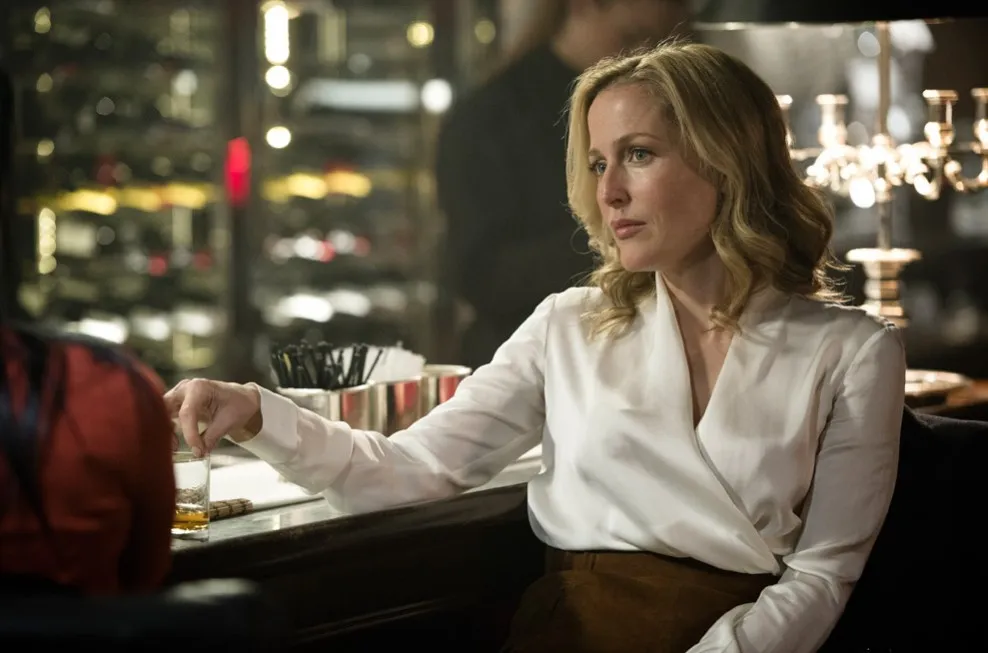Trigger Warning for mention of rape.
When I was a kid, I would occasionally do something weird (there are so many different stories that could start that way): when I had what I thought was a really cool idea, I would get deeper and deeper into it, and eagerly anticipate settling down to read something related to it. Then I would realize, crestfallen, that I couldn’t do that, because this idea didn’t extend beyond me.
As I got older, something sort of similar happened: I both fell in love with both the noir* genre and learned more about intersectional feminism (a process that isn’t, and will never be, complete), and I encountered a sort of dilemma: a lot of noir and neo-noir is kind of extremely misogynistic. #NotAllNoir, of course, but some of the classic examples, like the work of Mickey Spillane and (before he got so intolerable artistically and politically it wasn’t worth it anymore) Frank Miller, radiates with rage at women and their feminine wiles. Nor is it only women who suffer; two of the best noir novels of all time, Raymond Chandler’s “The Big Sleep” and Dashiell Hammett’s “The Maltese Falcon,” make full use of the “Depraved Homosexual” trope (needless to say, these elements didn’t turn up, at least not explicitly, in the classic Humphrey Bogart-starring adaptations).
This always puzzled me. One of the foundations of noir as a genre is the idea that the system can’t be trusted and will gladly fuck you when you don’t serve its purposes; women and minorities should be natural allies in a world like that. Hell, they should be the protagonists. That dawning realization was part of what made me fall in love with Walter Mosley’s Easy Rawlins novels, the story of a black private eye in the racial minefield that is postwar Los Angeles. Mosley got it; so too did my favorite novelist of our time, Dennis Lehane. The protagonist of Lehane’s Kenzie-Gennaro series (one of which, Gone Baby Gone, Ben Affleck adapted to film in 2007), Patrick Kenzie, is a cis white man, but one who regularly remarks on the strength of the women in his life like his partner Angie, and the bullshit (and horrors) they put up with. “I don’t know many weak women,” Lehane said in an interview. “The women I knew growing up tended to be strong, wounded, unsentimental, and very proud.”
One of my earliest experiences with this sort of feminist noir came when a dear friend introduced me to Veronica Mars, which took Raymond Chandler’s shadowy, cynical Southern California milieu and added a strong female lead and racial, class and gender dynamics for two nearly-perfect seasons (There is no third season. We have always been at war with the Fighting Fitzpatricks).
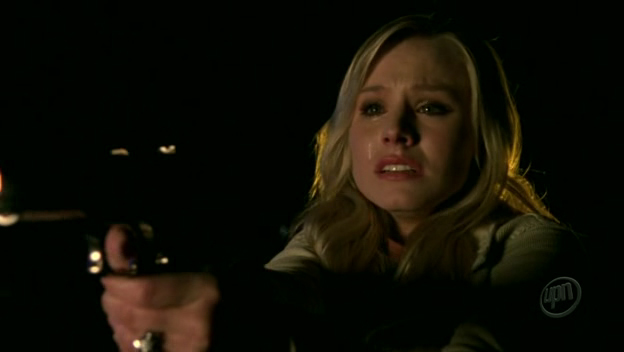
In 2011, however, I discovered that woman at the center of her own story I had longed for: Lisbeth Salander, the eponymous Girl with the Dragon Tattoo in Stieg Larsson’s posthumously-published Millennium Trilogy. Lisbeth is full of traits that would normally make her a supporting character—she’s a queer, autistic woman and a rape survivor. And, contrary to the title, Lisbeth is largely the deuteragonist of the first novel, but in the next two, The Girl Who Played with Fire and The Girl Who Kicked the Hornet’s Nest, we see her evolve, Fonzie-like, into its undisputed star.
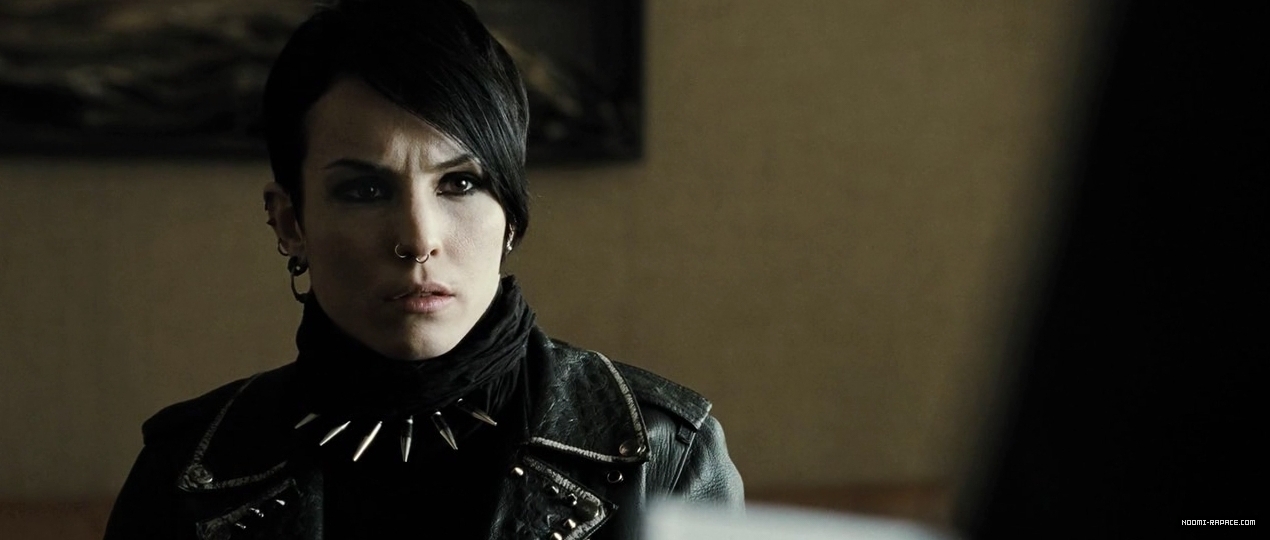
Larsson refuses to sugarcoat the misogyny of the world Lisbeth lives in; her rape by her court-appointed guardian is one of the most difficult-to-read scenes I’ve ever encountered. But in many other works, this would be the point where a brooding man grimaced at what had been done to her before embarking on a quest for justice—MAN justice™. Not so for Lisbeth, who incapacitates her rapist and tattoos the details of his crime on his stomach. Later in the story she beats a serial killer of women half to death with a golf club to save the journalist she’s partnered with, in a deliberate gender reversal of how such scenes typically play out. The latter two books reveal that, as a child, she responded to her father’s abuse of her mother by throwing a Molotov cocktail into his car while he sat in it. Like a lot of male noir heroes, she knows how dangerous her world is to her and responds by being equally dangerous to it. She is, as Larsson describes her, “the woman who hates men who hate women.”
2013 brought another entry in the feminist-noir canon: Jane Campion’s Sundance Channel/BBC miniseries Top of the Lake one of the best pieces of television so far this decade. Elisabeth Moss (no stranger to unsentimental depictions of the patriarchy) stars as Robin Griffin, a detective called in from Sydney, Australia, to her small New Zealand hometown to investigate the case of Tui Mitchum, a pregnant teenage girl who mysteriously disappears.
Tui’s disappearance, of course, is not the central conflict of the story; that, rather, is between Robin and the ferociously misogynistic town, one where one of the men who raped her as a teenager is still welcome in the local watering hole and men say things like “No one likes a feminist except a lesbian.” “So I get a lesbian; what do you get?” Robin counters. Robin, like Lisbeth, is driven by rage at what’s been done to her, but also by a deep protective instinct for other women. “I’m so angry for her,” she says of another victim. In Top of the Lake, rape culture occupies the same role the Mafia has in more traditional crime stories. At the risk of overusing TV Tropes references, it is the story’s Bigger Bad.
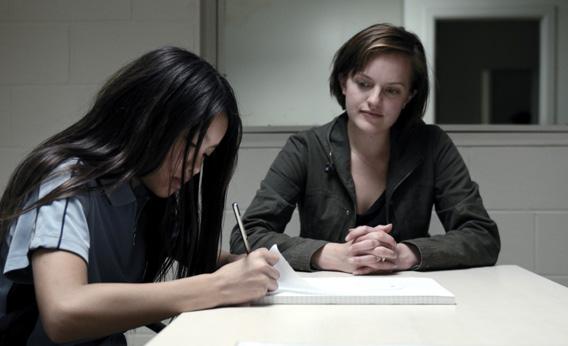
Storm goddess in human form Gillian Anderson has never been shy or apologetic about her feminism, and neither is The Fall, the excellent BBC series she stars in. Anderson plays Stella Gibson, a London detective called into Belfast to investigate a serial killer targeting young women (Jamie Dornan, essentially playing what Christian Grey would be like in real life). Stella, from the start, brooks no bullshit from her colleagues. “Man fucks woman. Subject man, verb fucks, object woman. That’s okay. Woman fucks man. Woman subject, man object. That’s not so comfortable for you, is it?” she says when another cop calls her out on a one-night stand with a detective. It makes her a better detective as well; when the department is crafting a statement about the killer’s victims, she nixes a description of them as “innocent,” noting that that sets up potential victims who are sex workers or drunk for the implication that they are somehow less innocent. And in one of the series’ most quietly devastating moments, she recounts the famed statistic that men’s number one fear of women involves them laughing at them, while women’s number one fear is that men will kill them.
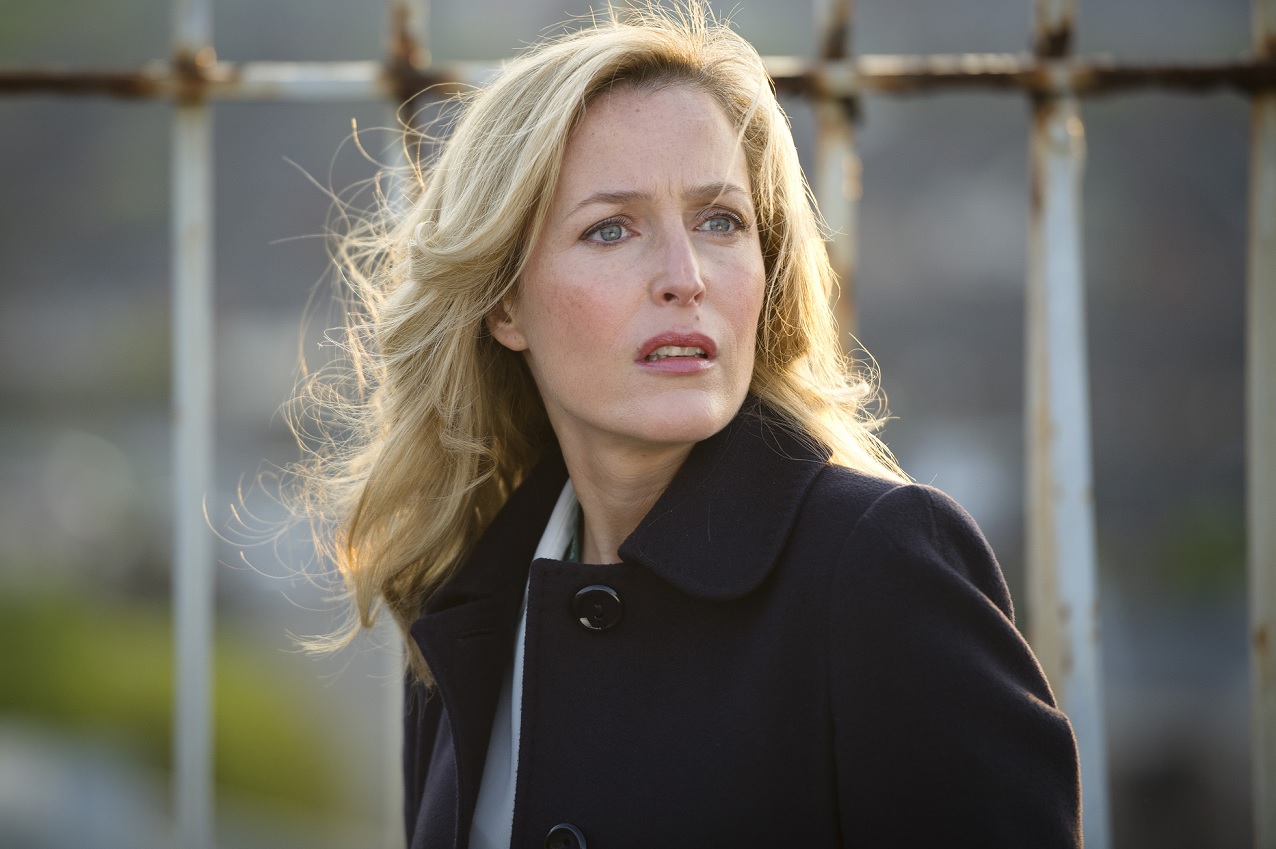
The last time I wrote an “I love this thing, why isn’t there more of it?”-type article, the comments were full of people pointing out other examples, and I fondly hope something similar happens here, because the slow but sure rise of feminist noir in recent years is basically everything I want out of the genre and moreover, with a new generation of female writers and creators fighting their way to acknowledgment (a depressing thing to have to fight one’s way to if ever there was one) it’s likely we’ll see more, especially if I ever finish this damn novel. Because these stories do more than show strong, hard women fighting a system stacked against them; they show them surviving that system, and in many cases straight-up beating it. The women of feminist noir are essentially G.K. Chesterton’s adage about providing a St. George to slay the dragon for an entire gender, old and young.
*For the purposes of this article, I’m using “noir” to mean thematic genre rather than a visual one.
Zack Budryk is a Washington, D.C-based journalist who writes about healthcare, feminism, autism and pop culture. His work has appeared in Quail Bell Magazine, Ravishly, Jezebel, Inside Higher Ed and Style Weekly and he is currently working on a novel, but don’t hold that against him. He lives in Alexandria, Virginia with his wife, Raychel, who pretends out of sheer modesty that she was not the model for Ygritte, and two cats. If you don’t think Molly Solverson from “Fargo” is the best he will fight you. He blogs at autisticbobsaginowski.tumblr.com and tweets as ZackBudryk, appropriately enough.
–Please make note of The Mary Sue’s general comment policy.–
Do you follow The Mary Sue on Twitter, Facebook, Tumblr, Pinterest, & Google +?



